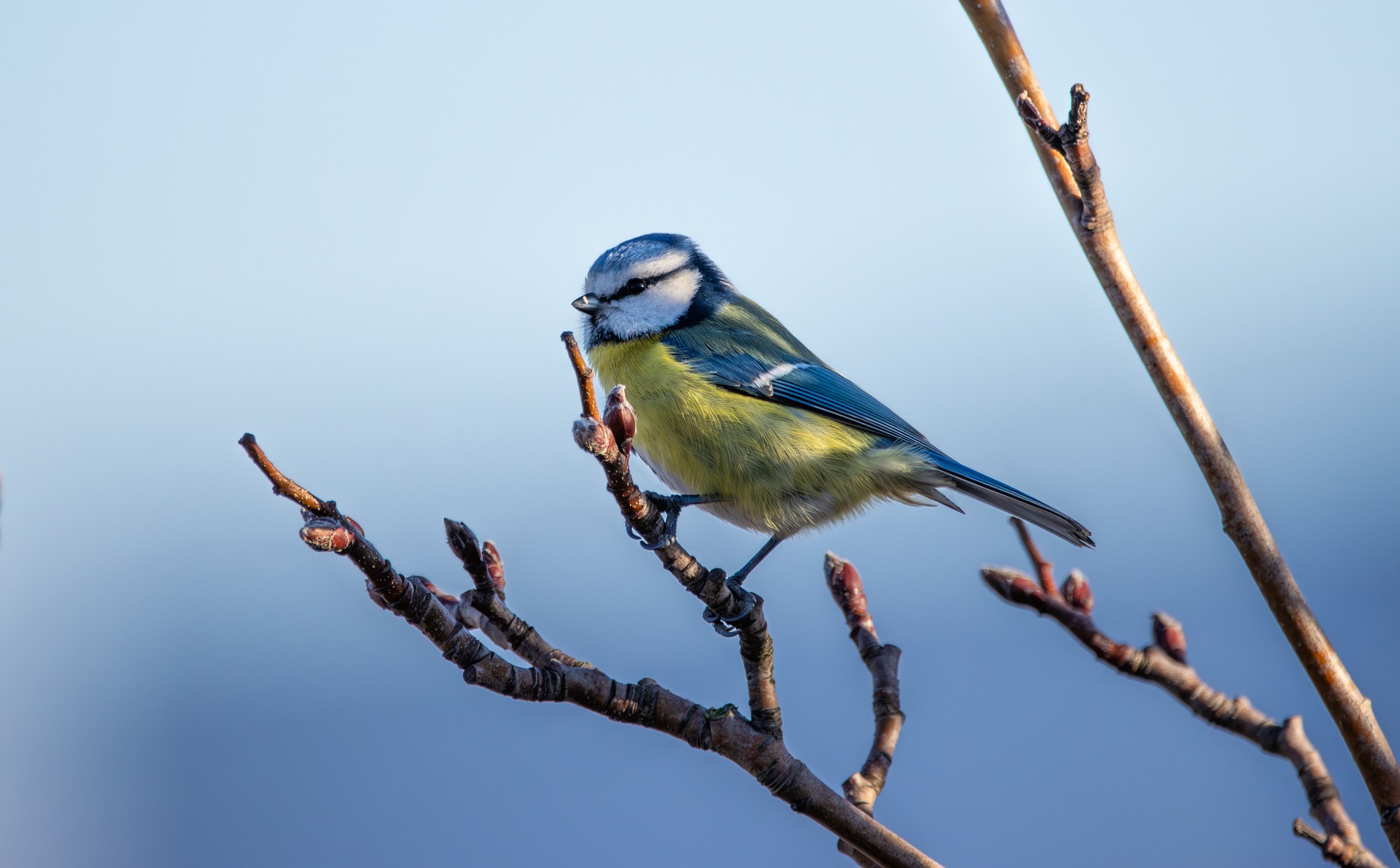Backyard Birdwatching: Elevating Your Garden With Feathered Guests
Stepping into the wonderful world of birdwatching can transform not just your garden, but also your perspective on nature. This beginner’s guide to attracting and appreciating birds coaxes beauty, charm, and life into your outdoor spaces and may inspire a lifelong hobby.

Making Your Garden Bird-Friendly
To attract a diversity of songbirds, first ensure your garden is hospitable. Planting native vegetation is an assured way to provide food sources. Trees and shrubs offer shelter and nesting sites. Another tip is to include features that mimic their natural habitat, such as bird houses and birdbaths. These encourage birds to stay longer and possibly breed.
Understanding Bird Behavior
Birdwatching is not merely about spotting different species. It’s equally about observing behaviors and interactions. By noting their habits, you can identify species and understand bird behavior, which spans from mating rituals to feeding habits. Observing the bird world unfolds miracles such as the delicateness of nest building or the excitement of fledglings leaving the nest.
Attracting Hummingbirds
Hummingbirds are entrancing guests in any garden. Adorn your space with tropical looking flowers like salvias, bee balms, and fuchsias to attract them. Using a hummingbird feeder filled with nectar mix can also be useful. However, ensure to keep the feeder clean, as fermenting nectar can be harmful to these lovely birds.
Winter Birdwatching
Winter birdwatching has unique rewards. Many birds migrate south, but there are plenty who appreciate sub-freezing temperatures. Providing food is an excellent way to help birds deal with dwindling winter resources. Suet feeders are a great option as they offer high-energy nutrition. Birds seen in winter include woodpeckers, jays, and finches.
The Impact of Conservation
Birds are vital for environmental balance as they pollinate plants, dispense seeds, and control pests. Unfortunately, human activities endanger their survival. You can contribute toward conservation by making your garden bird-friendly, supporting organizations that work for avian welfare, and advocating for bird-friendly laws.
- Providing birdhouses of different sizes will attract a variety of species.
- Maintaining sanitary bird feeders is crucial to prevent diseases.
- You can document your sightings on platforms like Audubon Society, contributing to data for bird conservation.
- Providing fresh water in summer and unfrozen water in winter is vital for birds.
- To deter cats, place bird feeders at least six feet from shrubs or other hiding spots.
- Keep your bird feeders full, as birds may rely on them for their daily food, especially in harsh winters.
Final Thoughts
With the addition of a few bird-friendly elements, you can transform your garden into a lively avian habitat. As the melody of birdsong enriches your mornings and the playful antics of feathered residents entertain your afternoons, you’ll cherish the enchantment your garden has gained. As you deepen your understanding and appreciation for these feathered beauts, remember, birdwatching is not just about how many species you identify—it’s about connecting with nature on a sublime and personal level.




